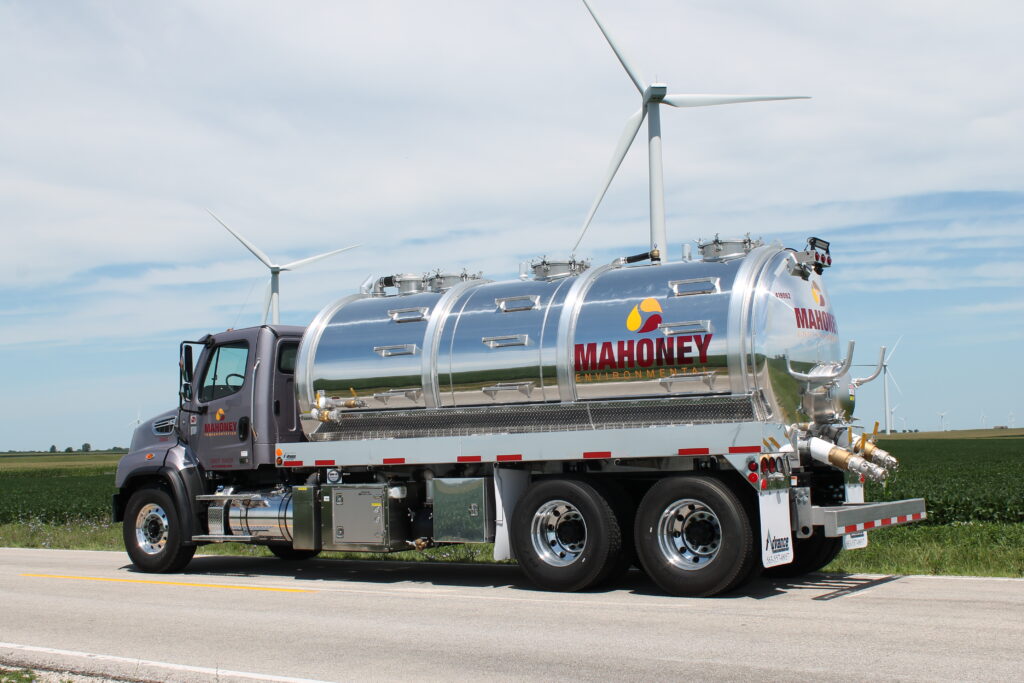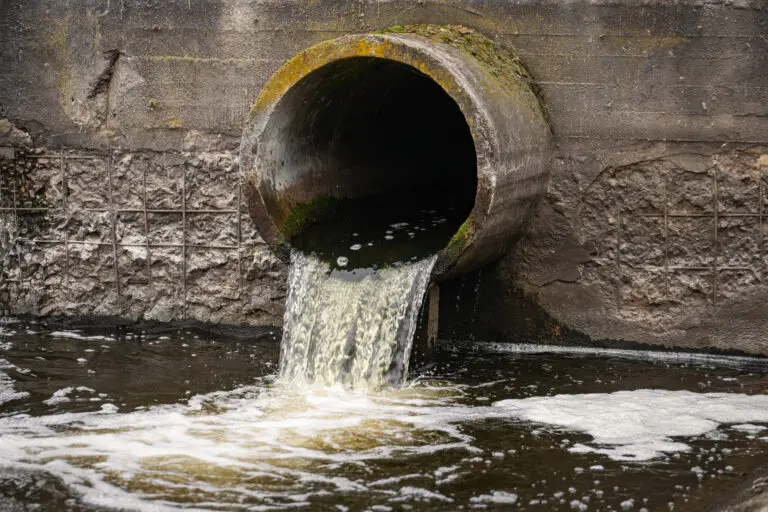Daily life depends on the availability and ongoing usage of both renewable and nonrenewable resources. These natural resources can either replenish themselves or not. When they cannot, these resources are limited in supply. Here are the differences between renewable and nonrenewable resources.
What are types of renewable resources?
The energy resources that all societies on earth require to survive are classified as either renewable or nonrenewable. Solar, tidal, and wind energy are types of renewable resources. They exist in unlimited supply, and even after continuous utilization, these resources cannot be depleted.
Additional types of renewable resources that do not run out despite repeated use include geothermal (the earth’s heat) and biomass energy. These natural resources can naturally regenerate, which contributes to their unlimited supply. If precipitation exists, water is a renewable energy.
Although water is considered a renewable resource, protecting the water supply from the effects of climate change is necessary. Most precious metals, too, are considered renewable resources because they are reusable. The metals are not destroyed during extraction and use and can be recycled.
What are types of nonrenewable resources?
Nonrenewable resources, on the other hand, do not replenish themselves at the speed at which they are consumed. These energy sources are finite. The reserves of nonrenewable resources can take an indefinite period, even billions of years, to form and replenish the supplies.
Types of nonrenewable resources are various fossil fuels, such as coal, natural gas, and oil. Metal ores are other types of nonrenewable resources that are deposited in the earth’s crust and directly extracted, such as through mines or the ground itself.
Along with natural gas and coal, crude oil and uranium are nonrenewable resources that are processed into products intended for commercial use. In some cases, groundwater is deemed a nonrenewable resource, especially when aquifers are unable to replenish themselves at the same rate they are drained.
The fossil fuel industry extracts crude oil from the earth and converts it into gasoline. Fossil fuel liquids, another nonrenewable resource, are turned into petrochemical products that are used as ingredients in a wide variety of products, such as plastics, solvents, and polyurethane.
What are renewable resources used for?
Renewable resources can be used to produce energy. Up until the 1990s, the two primary renewable energy resources used by societies were hydropower and wood. Fossil fuels have been used since the 1880s to produce the energy needed for human consumption.
In recent years, however, renewable energy production has shifted course. Nowadays, most of the energy production comes from renewable resources, like biomass, geothermal, solar, water, and wind. Nations around the world focus on how to replace nonrenewable resources with renewable resources.
What are nonrenewable resources used for?
Societies around the world use nonrenewable resources to generate power. In fact, nonrenewable resources are their primary source of power. The two main reasons nonrenewable resources are so heavily used by societies worldwide are their affordability and high energy content.
Nonrenewable resources, such as gold, silver, iron, and other minerals, are difficult and costly to extract. Historically, however, nonrenewable resources have been inexpensive to unearth. But as the supplies diminish, the cost to extract them rises, leading consumers to turn to renewable sources.
How are societies focusing on renewable resources?
Alternative energy sources are being increasingly considered as nonrenewable resources gradually become scarcer and more expensive to harness. In 2017, for example, wind power generated 6.3 percent of electrical power in the US and increased to 8.4 percent in 2020.
By the end of 2018 in the US, 1.6 percent of electricity was supplied by solar power. In 2020, that figure rose to 2.3 percent. The automobile industry set its sights on renewable resources, with 6.6 million electric cars sold around the world in 2021.
Solar energy has long been used to heat homes and cook. Today, new technologies have emerged to collect and convert solar radiation into heat energy. Solar cells can change sunlight into electricity, thereby powering small appliances and providing electricity in homes.
Wind, too, is harnessed to produce electricity. In 2021, wind turbines generated 9.2 percent of utility-scale electricity for US consumption. Similarly, water produces energy and is today used to produce electricity. Hydroelectricity, in 2021, accounted for 31.5 percent of renewable electricity generation.
Geothermal resources make use of the earth’s heat to produce power and electricity. Power plants are built below ground for these purposes. Biomass renewable energy sources include wood and agricultural waste, which may be used for both heating and electricity generation.
Agricultural waste is primarily used for renewable fuels, which can be utilized as transportation fuels. Renewable fuels have become a prevalent, alternative resource to nonrenewable resources, such as coal, oil, and natural gas. The prices of renewable fuels are expected to become competitive as the prices of fossil fuels increase.

Mahoney Environmental, a Neste subsidiary, is one company that turns used agricultural waste, such as used cooking oil, into renewable fuel and sustainable aviation fuel. We offer cooking oil recycling programs to restaurants, bars, hotels, and other commercial kitchens to not only improve their bottom line but the environment as well.
Used cooking oil must be handled safely, since safety issues can arise when it is kept onsite for extended periods. Mahoney Environmental specialists pick up used cooking oil on schedule and transport it for recycling. We also deliver fresh cooking oil so that restaurants remain fully stocked.
We offer a range of additional services to benefit restaurants. Our commercial grease trap services are ideal for the maintenance of indoor and outdoor traps. Specialists also design and install cooking oil equipment, provide bulk containers for used cooking oil, and install automated cooking oil systems.
When you work with Mahoney Environmental, you not only maintain the safety and operability of your commercial kitchen, but you contribute to the betterment of the environment. Contact our friendly representatives at (800) 892-9392, and schedule your next cooking oil collection.
We are proud to serve food establishments across the country, including Atlanta, Boston, Chicago, Cleveland, Columbus, Dallas, Denver, Houston, Indianapolis, Kansas City, Los Angeles, Miami, Nashville, New York, Philadelphia, Phoenix, San Diego, Seattle, Washington DC and the surrounding areas.



 Call Us Now (800) 892-9392
Call Us Now (800) 892-9392